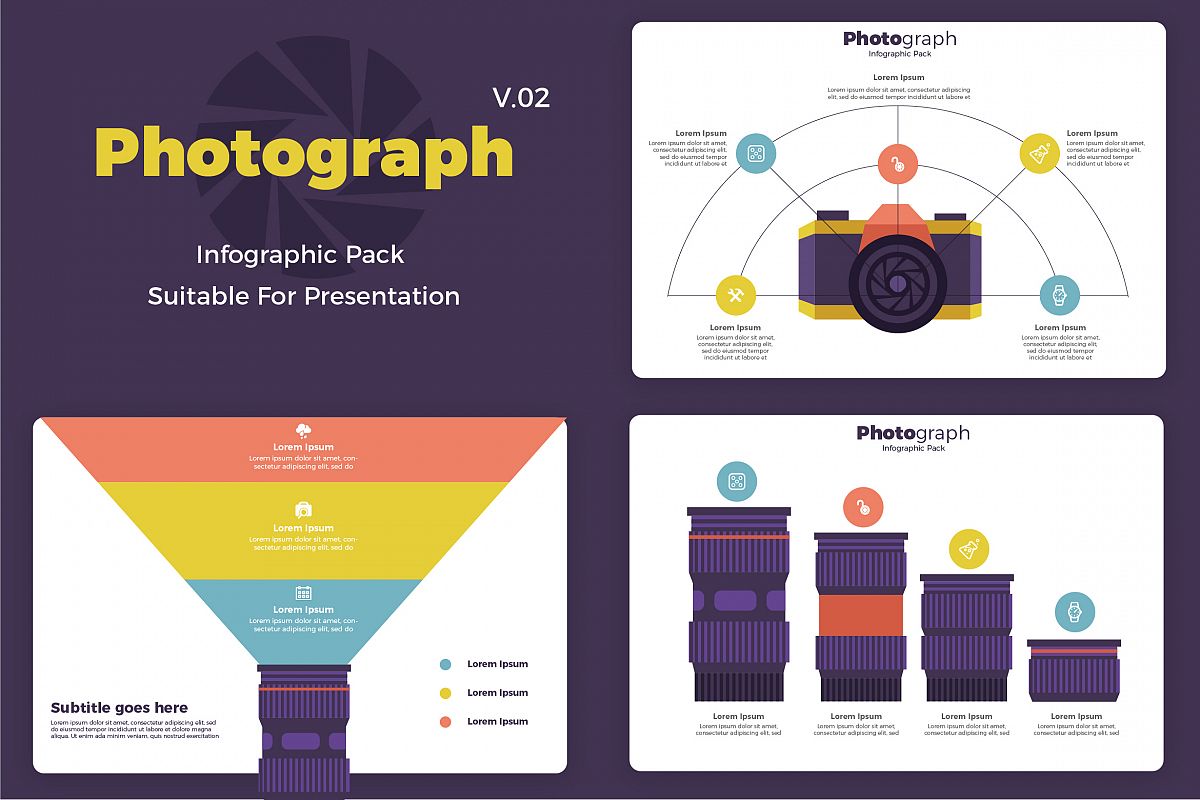What Every Professional Photographer Should Find Out About Illumination
What Every Professional Photographer Should Find Out About Illumination
Blog Article
Post Produced By-Hinson Riddle
As a photographer, you recognize that lighting can make or damage your pictures. Understanding the subtleties of both all-natural and fabricated light is vital for capturing the state of mind and clarity you aim for in your work. Whether you're going after the perfect golden hour glow or tweak your artificial configurations, grasping these elements can boost your digital photography considerably. Yet there prevail mistakes that numerous forget, and recognizing them can transform your approach to every shoot. Allow's discover what you may be missing and exactly how it can impact your outcomes.
Understanding Natural Light
Comprehending natural light is crucial for any digital photographer looking to enhance their job. It's the structure of excellent digital photography, affecting mood, tone, and clarity. When you shoot outdoors, take note of the moment of day. The golden hour-- soon after sunup and prior to sunset-- provides soft, cozy light that can transform ordinary scenes right into magnificent pictures.
Do not undervalue the power of overcast days. Cloud cover diffuses sunshine, creating a soft, even light that's best for pictures and macro digital photography. You'll discover shades pop in this type of lighting without extreme shadows.
Placing issues, also. Constantly consider your topic's positioning to the light. If the sunlight's behind your topic, you may end up with a shape, which can be remarkable yet mightn't be what you desire. On the other hand, straight sunlight can produce unflattering darkness.
Explore angles; often, transforming your viewpoint can yield fantastic outcomes. Usage all-natural reflectors, like water or sand, to jump light onto your topic, adding dimension.
Mastering Artificial Light
Understanding artificial light is vital for photographers who want to take their abilities to the next level. Whether you're using speedlights, workshop strobes, or continuous lights, comprehending how to control these sources can considerably boost your images.
Beginning by familiarizing yourself with the basics of light high quality, direction, and shade temperature. Explore Highly recommended Web-site like softboxes, umbrellas, or grids to regulate the gentleness or violence of the light.
You'll discover that soft light typically creates flattering outcomes, while harsher light can add dramatization and depth. Do not shy away from shadows; they can enhance the three-dimensionality of your subjects.
Pay attention to the placement of your lights. A light positioned also near to your subject can develop unflattering results, while as well far can result in a lack of information. Make use of a light meter or your camera's pie chart to guarantee you're subjecting properly.
Last but not least, bear in mind that fabricated light can be mixed with ambient light for innovative effects. Balancing these resources could take method, but once you understand it, your photography will genuinely radiate.
Techniques for Various Situations
When you step into various capturing circumstances, adjusting your illumination techniques is crucial for catching the most effective pictures. For outside pictures, utilize the golden hour-- morning or late afternoon light-- to soften darkness and boost complexion.
If it's a severe midday sun, think about making use of a reflector to bounce light back onto your subject or look for shaded areas for an extra even direct exposure.
In low-light situations, like indoor events, enhance your ISO and utilize a vast aperture to let in even more light. A tripod can help remove cam shake, permitting longer direct exposures without blurring.
If you're contending evening, explore off-camera flash to produce dynamic illumination and deepness in your pictures.
For product photography, utilize diffused illumination to stay clear of severe reflections. Softboxes or light camping tents can aid achieve this result.
When photographing landscapes, consider the direction of light and time of day, as it can substantially change the state of mind of your shot.
Always be ready to change your settings and positioning based upon the situation, as flexibility is vital to understanding lights in photography.
Verdict
In conclusion, grasping lighting is essential to raising your photography skills. Accept natural light's beauty throughout golden hour, and do not avoid explore man-made light strategies. By adapting your approach to various circumstances, you'll capture stunning photos that resonate with feeling and clearness. Remember, the right lighting can transform an ordinary shot into something amazing, so keep exercising and refining your understanding of both natural and fabricated light. Satisfied capturing!
